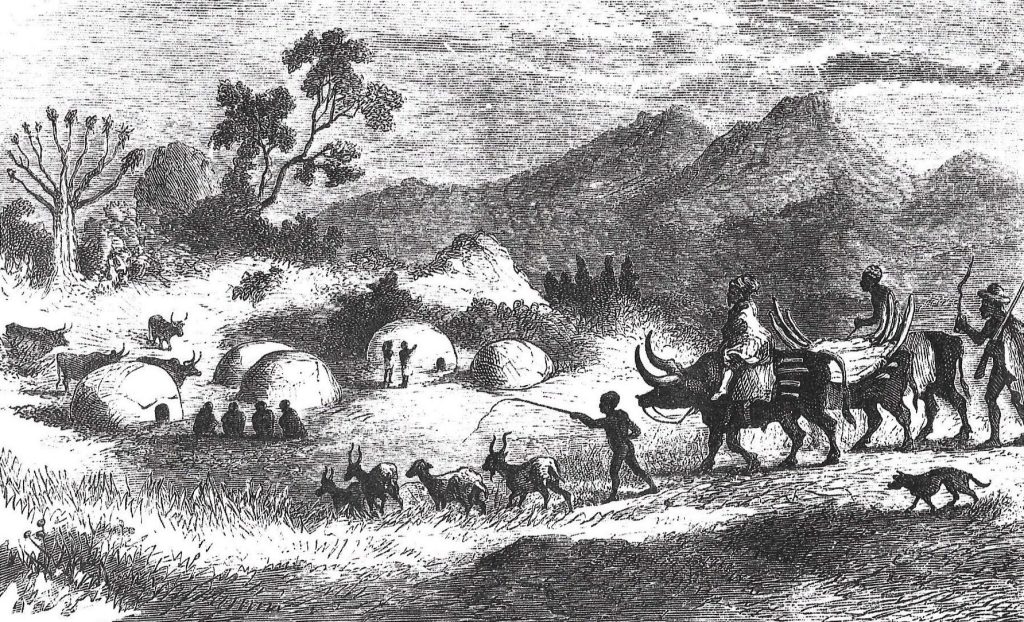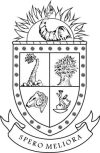Explore Steinkopf, a vibrant Northern Cape town, offering a blend of tradition, beauty, and cultural experiences for all visitors.
Steinkopf, situated in the Northern Cape of South Africa, traces its origins to the early 19th century. In approximately 1817, Reverend Johann Heinrich Schmelen, serving under the London Missionary Society he established a mission station in the region. Initially, the headquarters of this mission were situated at the farm of Bezondermeid, located roughly 6 kilometers from the present-day town of Steinkopf.
Reverend Schmelen, a man of faith and profound respect for his mentors, chose to name the mission station “Steinkopf” in honor of his German religious guide in London. This act of remembrance serves as a poignant reminder of the enduring influence of his spiritual journey.
Over time, the mission headquarters underwent a relocation. It was moved to the farm of Kookfontein, the site where the town of Steinkopf now stands.
The name “Kookfontein,” meaning “boiling spring” in Afrikaans, has an intriguing origin. It is a direct translation of the Nama name for the farm, “/Guntas,” reflecting the local indigenous language and its enduring presence in the region’s history.
The story of Steinkopf’s founding offers a glimpse into the historical and cultural tapestry of the Northern Cape. It highlights the significant role of missionaries in shaping the region’s early development and underscores the enduring connection between the town’s name and the individuals who played a pivotal role in its establishment.
Steinkopf is a small town located in the Northern Cape province of South Africa, known for its rich cultural heritage and historical significance. It serves as a gateway to the Namaqualand region, famous for its stunning wildflower displays during spring. The town has a predominantly Nama ethnic population, reflecting the indigenous culture and traditions of the area. Steinkopf plays a vital role in the local economy, primarily through agriculture and tourism, attracting visitors interested in the unique landscapes and biodiversity of the region. Its strategic location along the N7 national route enhances its accessibility, making it an important stop for travelers exploring the Northern Cape.

The sketch illustrates that the Namaqua were stock farmers who kept cattle, goats and sheep and lived in the typical beehive shaped mat houses, called /ura oms in the Nama language. The quiver tree shown in the drawing, an indigenous succulent of the Namaqualand, can still be seen in the Steinkopf area.
